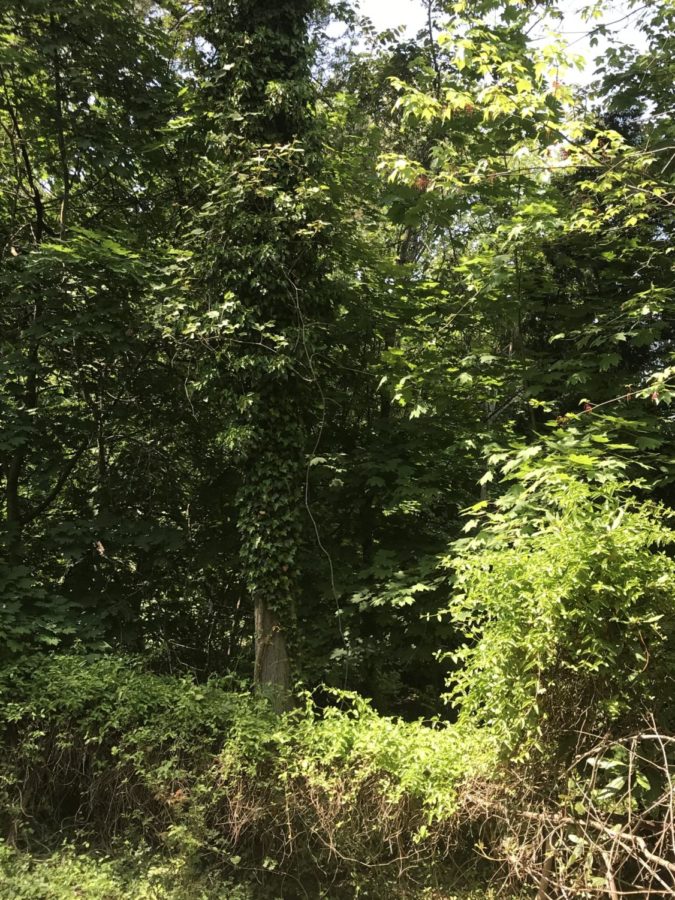Forest of Size of France Is Restored but More Is Lost
May 20, 2021
Children and students throughout the world are being continuously taught about the enormous threat posed by indiscriminate deforestation. However, because it is nearly impossible for ordinary people to observe the direct effects of deforestation in their daily lives, it is difficult to estimate the severity of such threats against the environment. The recent research conducted by Trillion Trees provides a glimpse of the devastating consequences of deforestation along with small improvements that are far from enough to put an end to the destruction of nature.
The Trillion Trees, an organization that “strives to inspire the world to protect and restore one trillion trees by 2050,” recently released a research analysis that estimated 58.9 million hectares of forest have been naturally restored for the past two decades. The size of the restored forests is greater than the size of mainland France, the third-largest country in Europe. Particularly, in Brazil’s Atlantic Forest, forests measuring 4.2 million hectares of land have been revived through various restoration efforts and improved practices in related industries, while 1.2 million hectares of forest were regenerated in the northern Boreal Forest of Mongolia. Additional forest regeneration was confirmed in central Africa and parts of Canada. Combined, Brazil and Mongolia alone restored 5.4 million hectares of forests since the year 2000, which roughly accounts for 10% of the total area of regenerated forests. It is undeniable that this is an impressive and delighting piece of information, especially amid countless news and reports about mankind’s indiscriminate destruction of nature and its devastating consequences.
Despite this seemingly remarkable progress, the Trillion Trees and its partner WWF point out that the rate of deforestation remains a threat. In other words, larger areas of forests are being destroyed than those restored. According to The World Counts, the record of 29.7 million hectares of forests, which is nearly equivalent to the size of Italy or Nevada, was subject to deforestation in 2016. The Understory, the blog of the Rainforest Action Network, reported that 3.5 billion to 7 billion trees are being cut down every year for a variety of purposes such as timber harvesting and agricultural expansion. Worse yet, Trillion Trees revealed in their research that between 2001 and 2019, 386 million hectares of forests have been lost, which is nearly seven times the area of naturally regenerated forests identified in their research. Thus, the authors of this research emphasize that “this tremendous regeneration cannot be taken for granted.” Brazilian forests, including those of Atlantic regions that are considered to be one of the most successful sites of natural forest regeneration, remain under the threat of deforestation.
There is also positive news, however. On the website of Trillion Trees, John Lotspeich, Executive Director of Trillion Trees, expressed his delight to present his findings and use them to bring improvement to the situation. “This map will be a valuable tool for conservationists, policymakers, and funders to better understand the multiple ways we can work to increase forest cover, for the good of the planet.” Also, William Baldwin-Cantello of the WWF believes that it would be possible to reproduce the costless conditions of successful restoration sites to promote restorations elsewhere. “We’ve known for a long time that natural forest regeneration is often cheaper, richer in carbon, and better for biodiversity than actively planted forests, and this research tells us where and why regeneration is happening, and how we can recreate those conditions elsewhere.” It is necessary for the members of the current generation to actively support the forest restoration process of environmental scientists and activists to ensure the prosperity of the future generation.


















































































































































